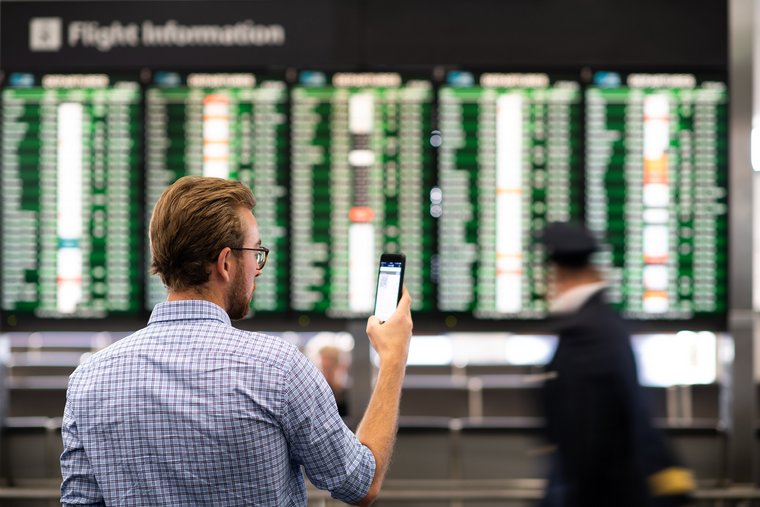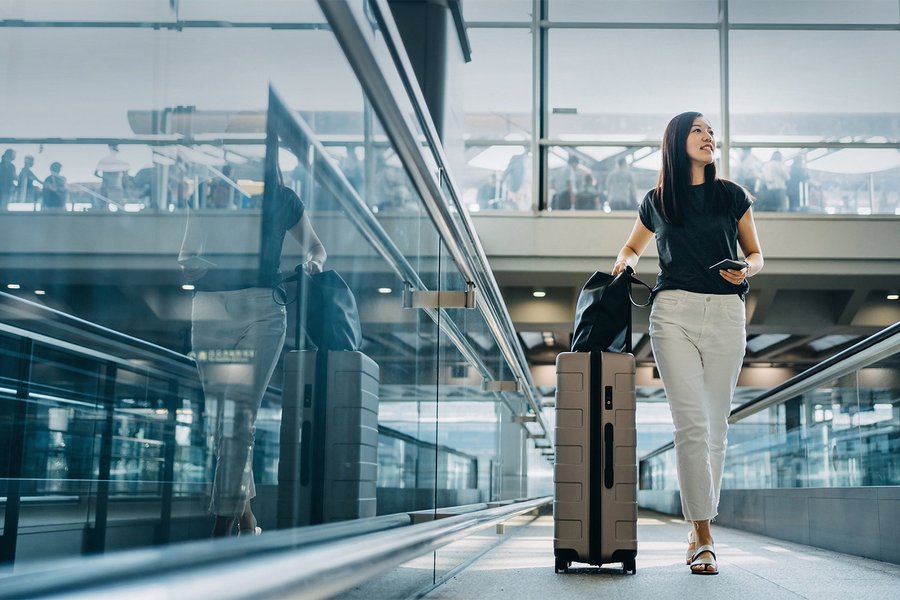Reducing the friction of the airport experience
With global air traffic expected to double by 20373, there will be growing pressure for the efficient processing of passengers as they move through airports. This can only be achieved through the use of technologies and verification techniques that help deal with wave upon wave of passengers within the shortest time frame possible, without any compromise on security.
Airport management teams have always planned their activities according to existing capacities – the scale of their infrastructure, the number of flights expected to land and take off, the volume of passengers due to pass through their facilities, and so on. From this they derive, among other things, how much border security is needed to efficiently manage arrivals and departures at different times.
Even today, there are no standards for this type of planning management. But for integrated identity solutions experts at Veridos, such metrics are essential when successfully implementing a customized airport solution. There’s a good rule of thumb that has proven itself reliable in recent years: every inspection point should expect to process 10,000 passengers each year. The underlying data for this evaluation is calculated according to peak times, i.e. the months and times of day when the most people are at the airport and the border management is most active.
In border management at airports a distinction is made between first- and second-line inspection. The first-line inspection is the kiosk, counter, or gate where travelers’ ID documents are initially verified. Today at many airports, this can be done in person or by a so-called eGate. Should any irregularities appear during this check, there’s a second line available for a manual inspection, thus ensuring maximum security.
An important key figure for these inspections is the turnaround time per passenger. The more that the first-line inspection is digitally enabled, the smoother the ongoing passenger management is and the fewer queues they are likely to encounter. With eGates, the time taken per passenger is typically 10–20 seconds, compared with around 60 seconds for manual inspections.




